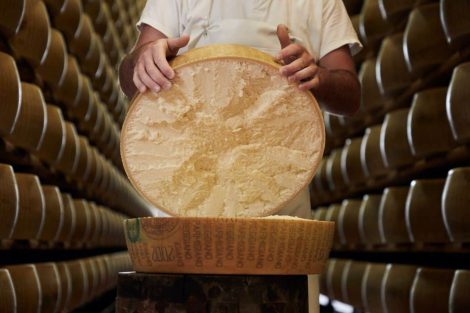Following the recently announced deal with Japan, a similar agreement with Europe is reportedly imminent. According to the Financial Times, Brussels may accept the so-called “reciprocal tariffs” at 15% to avoid US President Donald Trump’s threat to raise them to 30% by 1 August. However, Trump’s official approval is still pending. According to AGI, discussions are also underway on “most favoured nation” status, with some possible exemptions still being defined. In practice, both sides would agree to waive tariffs on selected products, potentially including alcoholic beverages, but this remains to be confirmed.
EU counter-tariff list in case of no agreement
If the agreement falls through, the European Commission has stated it will present a list of products to target with counter-tariffs, amounting to a total value of €93 billion. These could rise to 30% if a deal isn’t reached by 1 August. The European countermeasures would not take effect before 7 August.
A change of pace
This marks a significant shift from just two weeks ago, when Trump announced – via letter – additional tariffs at 30%, far higher than expected. It’s worth recalling that, since last April, products from Europe have already been subject to 10% tariffs. This situation has already begun to impact exports in the agri-food sector, particularly wine. According to the Italian Wine Union’s Observatory, in April alone (the first month affected by the tariffs), Italian wine exports to the United States saw a drop of 7.5% in volume and 9.2% in value (to just under €154 million), with an average price decrease of 2%.

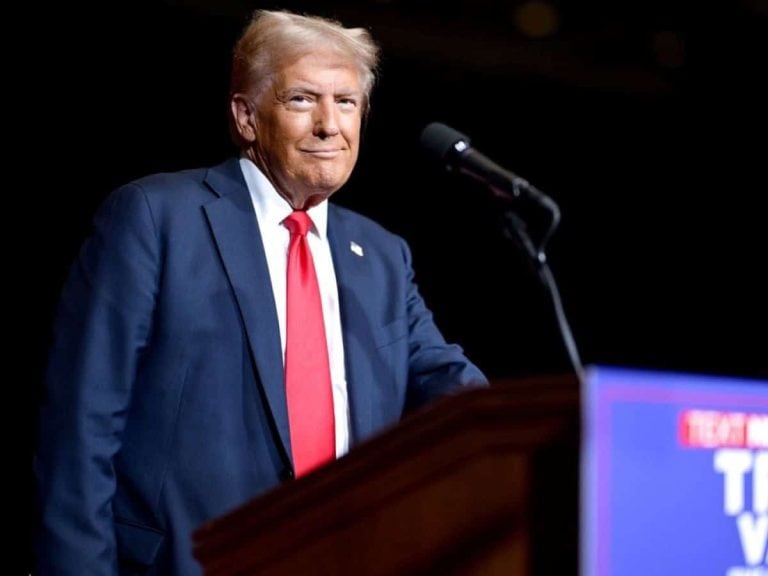
 Io Saturnalia! How to celebrate the festive season like an Ancient Roman
Io Saturnalia! How to celebrate the festive season like an Ancient Roman The UNESCO effect: tourism is growing, but there is a risk of losing identity
The UNESCO effect: tourism is growing, but there is a risk of losing identity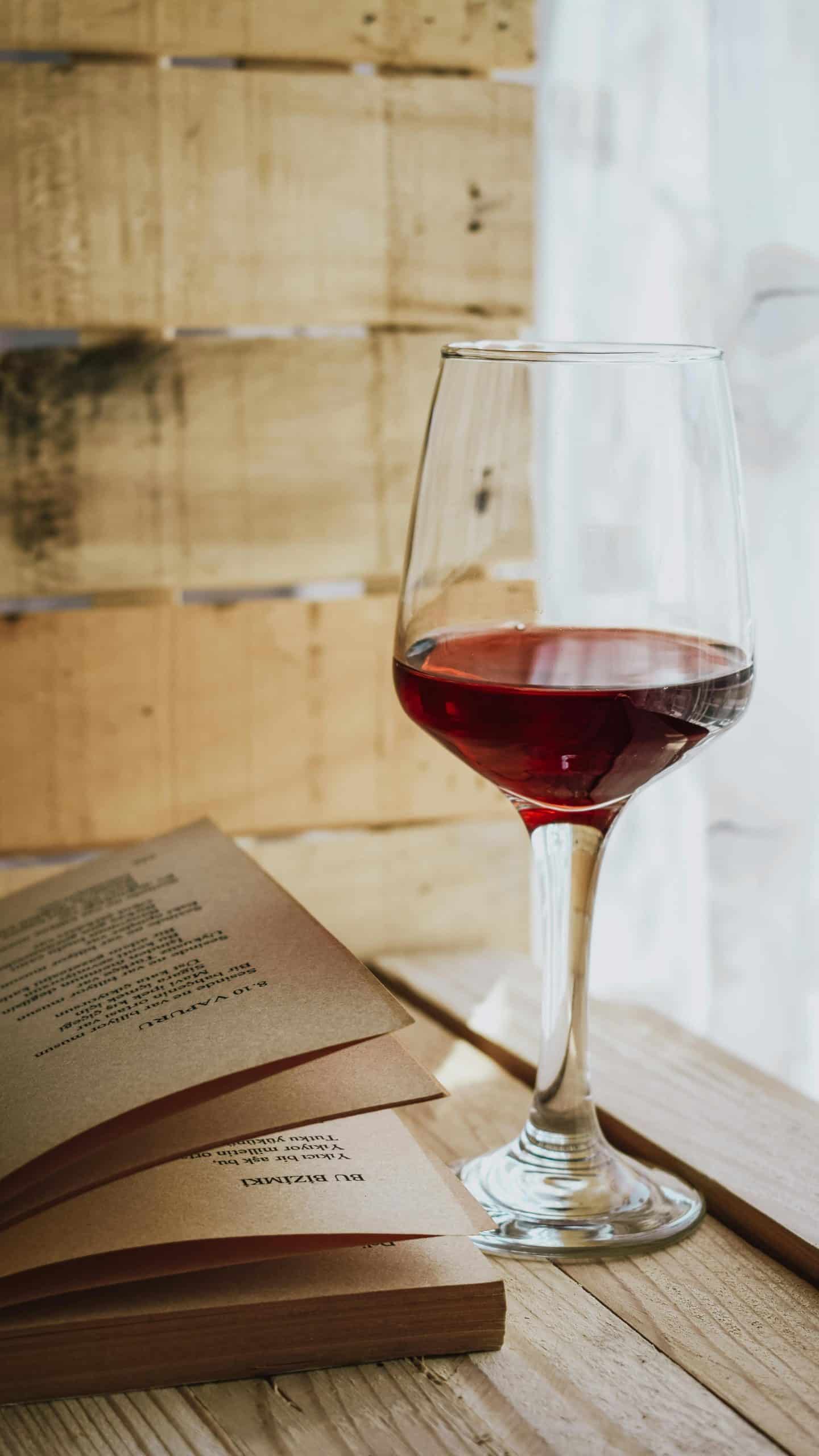 The perfect pairing? Wine and books
The perfect pairing? Wine and books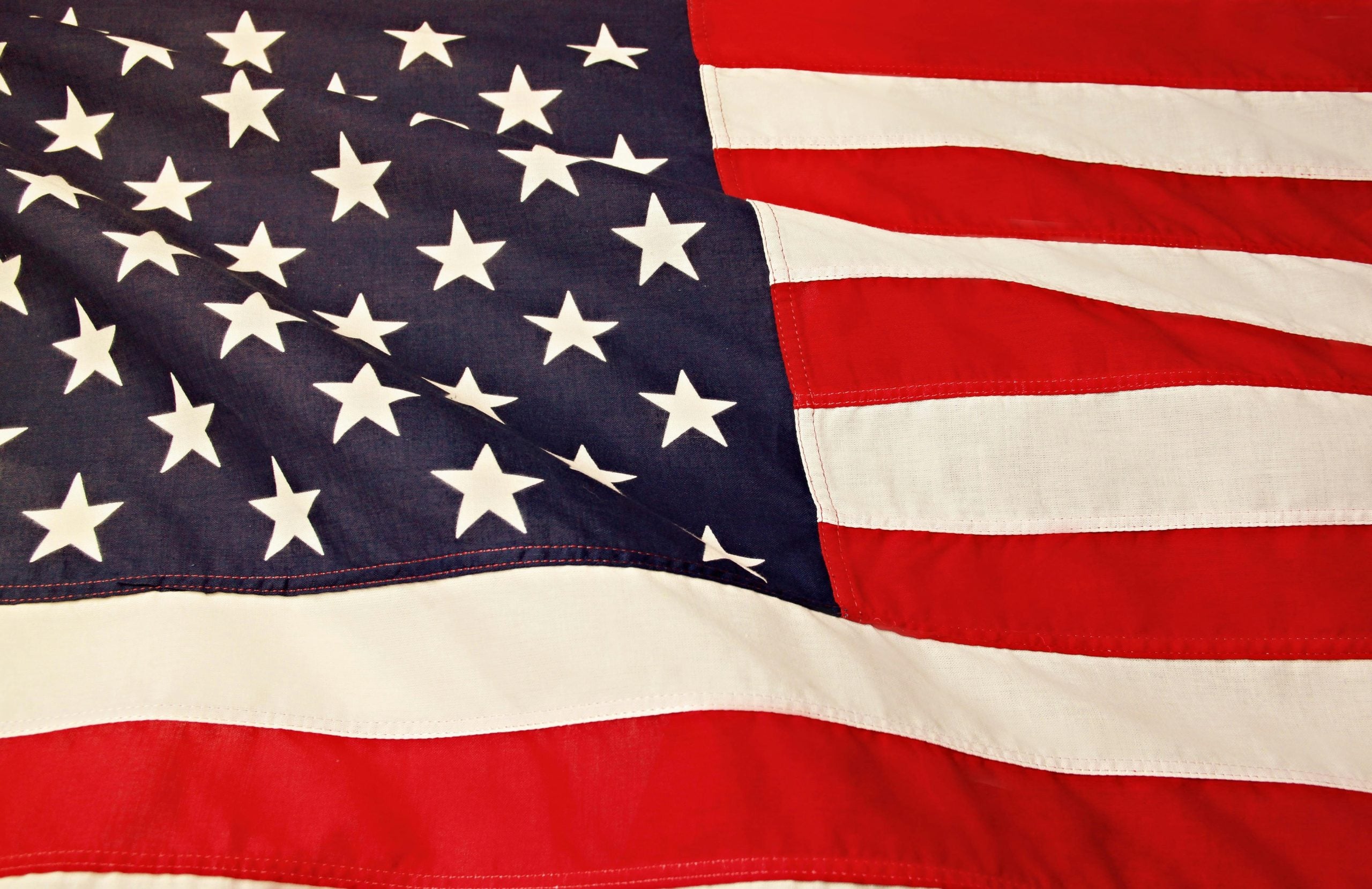 2025 was the year of Trump's tariffs – will 2026 be better for Italian wine in the US?
2025 was the year of Trump's tariffs – will 2026 be better for Italian wine in the US?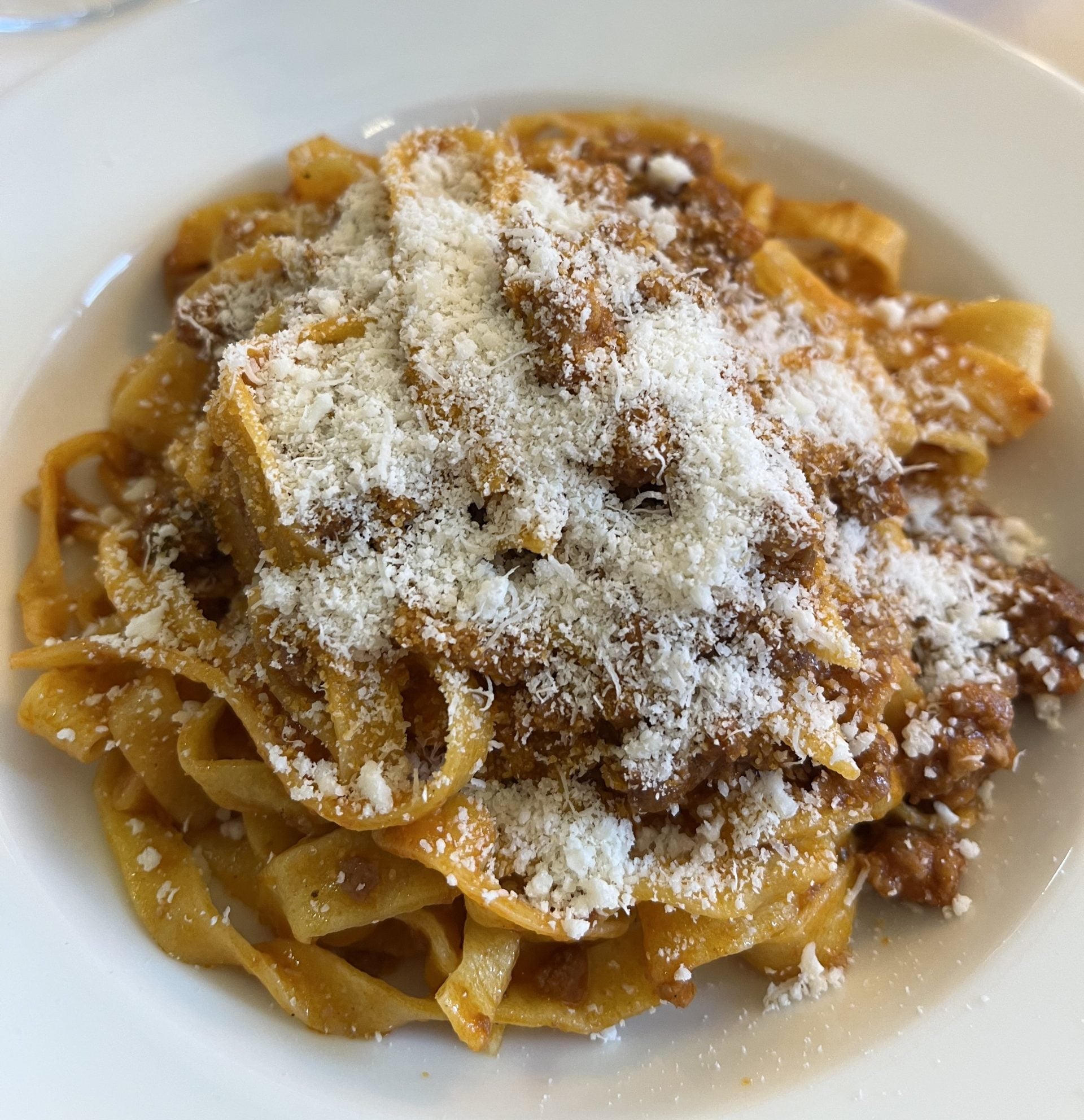 Italian cuisine recognised by UNESCO
Italian cuisine recognised by UNESCO

